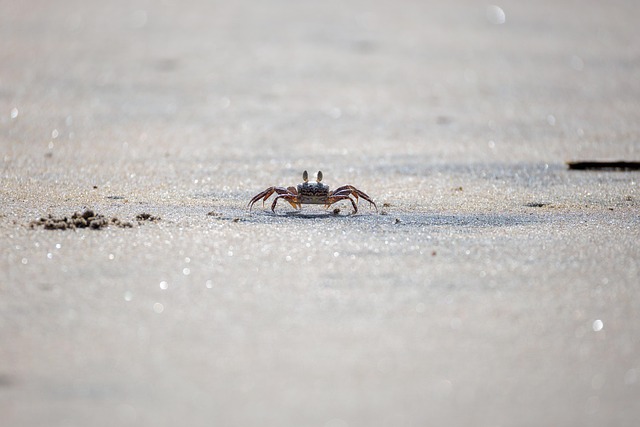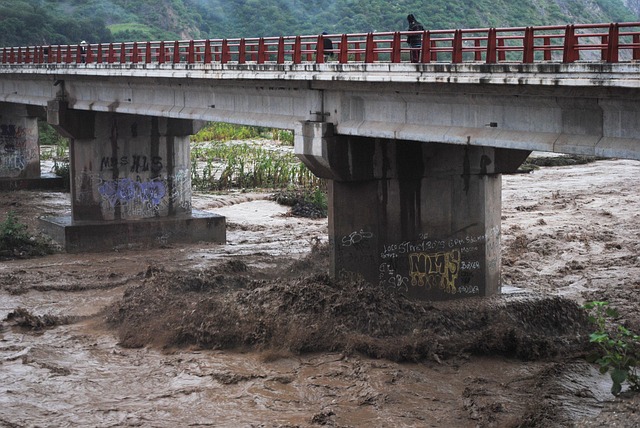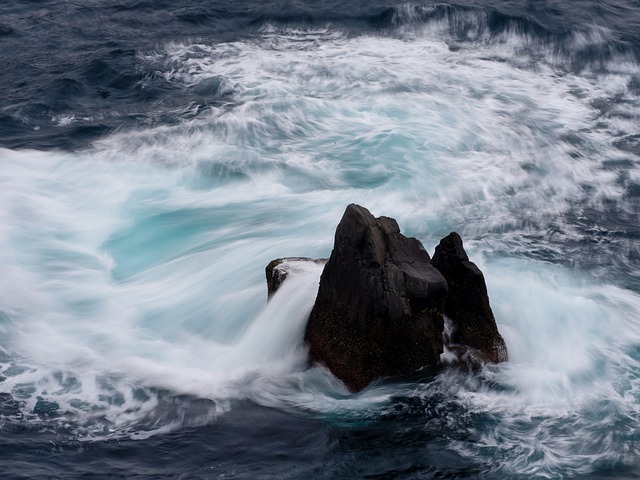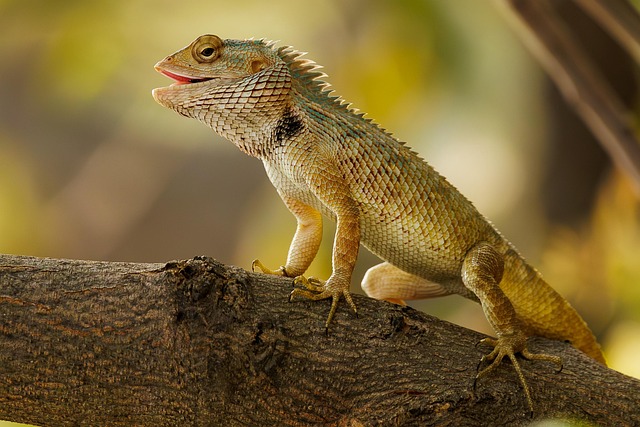
Crab: The Fascinating Creature of the Sea
The Fascinating Creature of the Sea
When we think of the vibrant ecosystems of our oceans, one creature often crawls its way into our minds: the crab. These remarkable animals are not only a staple of marine life but represent a deep connection between us and the nature that surrounds our beautiful coastal environments.
Crabs belong to the class of crustaceans, a group of creatures that have existed for millions of years. Their unique physiology, marked by a hard exoskeleton and impressive pincers, allows them to thrive in various habitats—from the sandy shores to the rocky cliffs of coastal waters. Observing a crab scuttle across the sand is a sight that evokes curiosity and admiration for the resilience and adaptability of life beneath the waves.
Behavior and Adaptations
What makes crabs particularly fascinating is their incredible range of behaviors and adaptations to survive. With over 6,800 species, these creatures have developed various techniques to hunt, hide, and protect themselves from predators. Some crabs, like the renowned blue crab, are known for their agility and speed, while others, such as the master of camouflage, the Decorator Crab, use the surrounding environment to blend into their habitat.
Moreover, crabs exhibit complex social behaviors. For instance, some species display fascinating courtship rituals to attract mates. Their interactions can teach us much about the interconnectedness of life within marine ecosystems. By studying the behavior of crabs, we gain insight into the intricate web of life that exists below the surface.
Crabs in Nature and Human Culture
From culinary delights to symbols of resilience, crabs hold significant value in human culture. Many coastal communities have celebrated crabs through festivals, emphasizing the role these creatures play in local economies and traditions. Whether it’s a crab boil on a summer evening or a solo walk along the beach, these experiences remind us of our bond with nature and the biodiversity that crabs symbolize.
In addition to their culinary significance, crabs also serve as a vital part of the ocean’s ecological balance. As scavengers, they play a crucial role in maintaining the health of marine environments by breaking down organic materials and providing nutrient cycling. This role underlines the importance of preserving their habitats and protecting the intricate ecosystems they inhabit.
The Future of Crabs
As we explore the wonders of the natural world, it’s essential to recognize the challenges that marine life, including crabs, currently face. Pollution, climate change, and overfishing threaten their populations and habitats, putting at risk not just these fascinating creatures, but the entire ocean ecosystem. By raising awareness about these issues, we can advocate for more sustainable practices and protect the enchanting world that crabs play such a vital role in.
Embracing the beauty and complexity of crabs can lead us to a deeper appreciation of marine life. As we connect with their fascinating behaviors and importance in our oceans, we pave the way for a more sustainable future, ensuring that these incredible creatures continue to thrive for generations to come.



